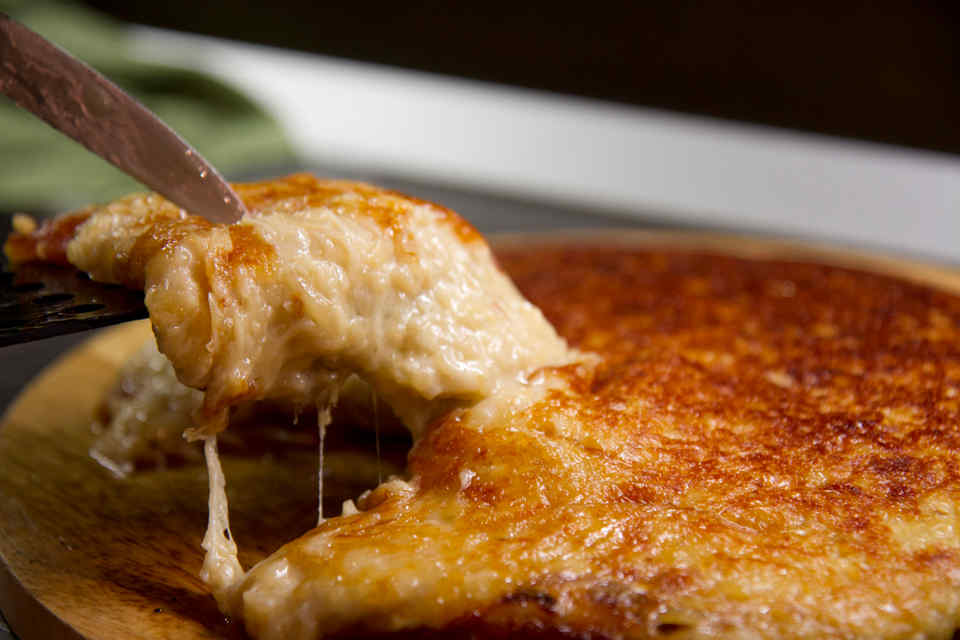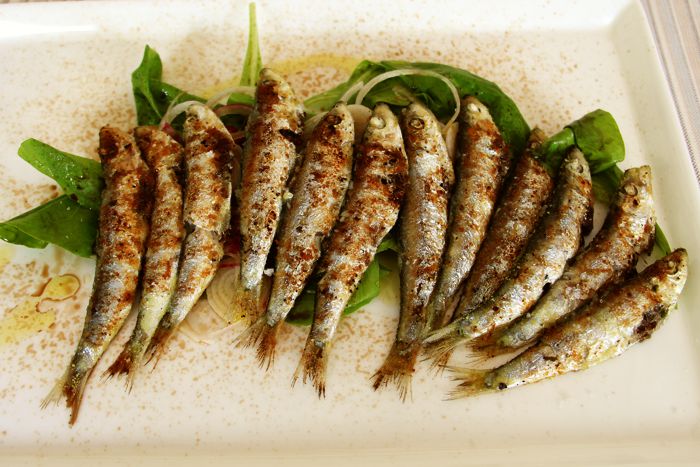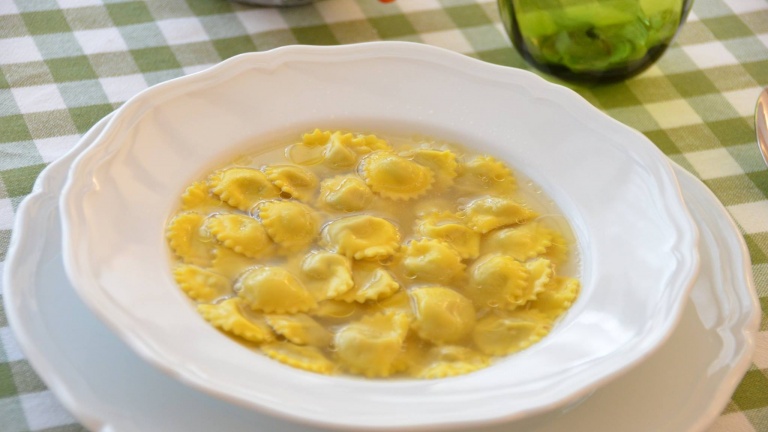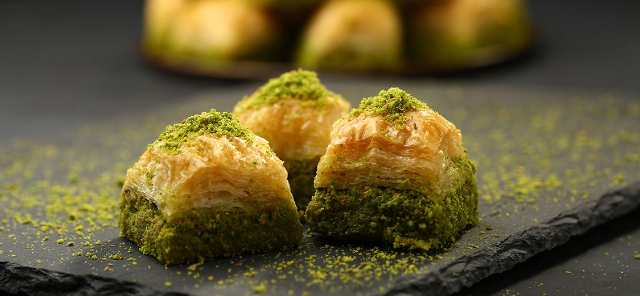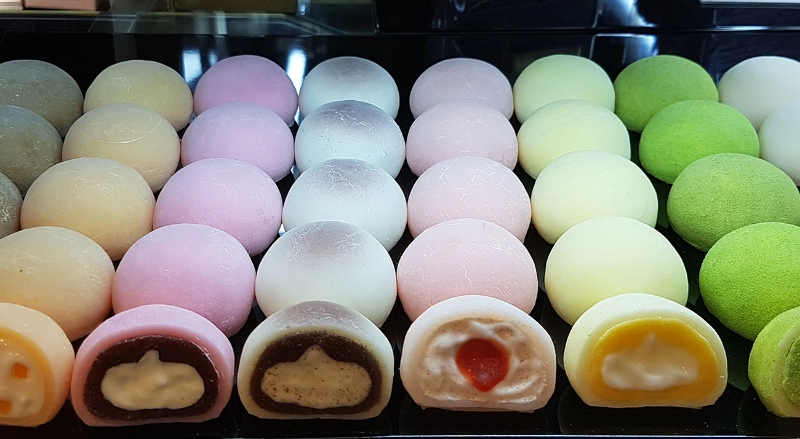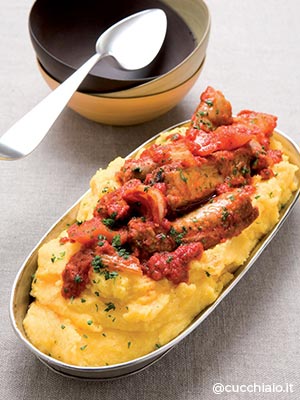Frico is a dish made with cheese of various ages, potatoes and onion, considered the most typical culinary preparation of Friuli, more precisely of Carnia and of Friulian cuisine. It is recognised as one of the traditional food products of Friuli and Venezia Giulia, a delicacy that is not exactly light, but absolutely to be tried at least once in one’s life, both in its soft and crumbly versions.The first evidence of a soft preparation based on cheese in the Friuli area dates back to the mid-fifteenth century, when Maestro Martino used to prepare for the Patriarch of Aquileia Ludovico Trevisan the "Caso in patellecte", a delicious recipe that was also transcribed in the "Libro de arte coquinaria" that the cook wrote. The ingredients were simple: fat cheese, neither too old nor too salty, cut into small slices, fresh lard so that it did not stick to the pan, herbs or spices to season and then straight onto the plate, because "you want to eat it hot hot".
The recipe was probably of Carnic origin, since other sources report that frico represented, together with firm polenta prepared with corn flour, the typical meal of the farmers during work. It is probable, moreover, that the crunchy version was used by the woodcutters: in fact, it was the most convenient food to take with them into the mountains during the work period.
The nature of the "poor" dish of frico, born from what was available, is also confirmed by the fact that it was often prepared so as not to waste the scraps of cheese left over during the process of making the moulds, those which are called "strissulis" and with which, even today, a tasty dish is prepared.There is also another story about the origin of frico, which involves Saint Ermacora, the patron saint of the city of Udine. It is said, in fact, that once in Friuli to bring the Gospel to the villages, the saint went as far as Carnia and arrived in Zuglio, Imponzo, Ampezzo and Forni di Sopra. While preaching, he entered a house of poor shepherds asking for shelter and something to eat: the landlord, although hospitable, could only give the Saint a slice of polenta, a bowl of whey and a piece of cheese. It was then that Saint Ermacora suggested to the shepherd to put the whey on the fire again. When it began to simmer, the two began to add cold water, a pinch of rennet, and some vinegar: this improvised recipe meant that a whitish mush emerged from the bowl, but it was too hot. It is said that the shepherd then had the idea of adding ricotta cheese, the "scuete", giving life to a delicious meal, much appreciated by the patron saint of Udine and then handed down (and perfected) over the centuries.
